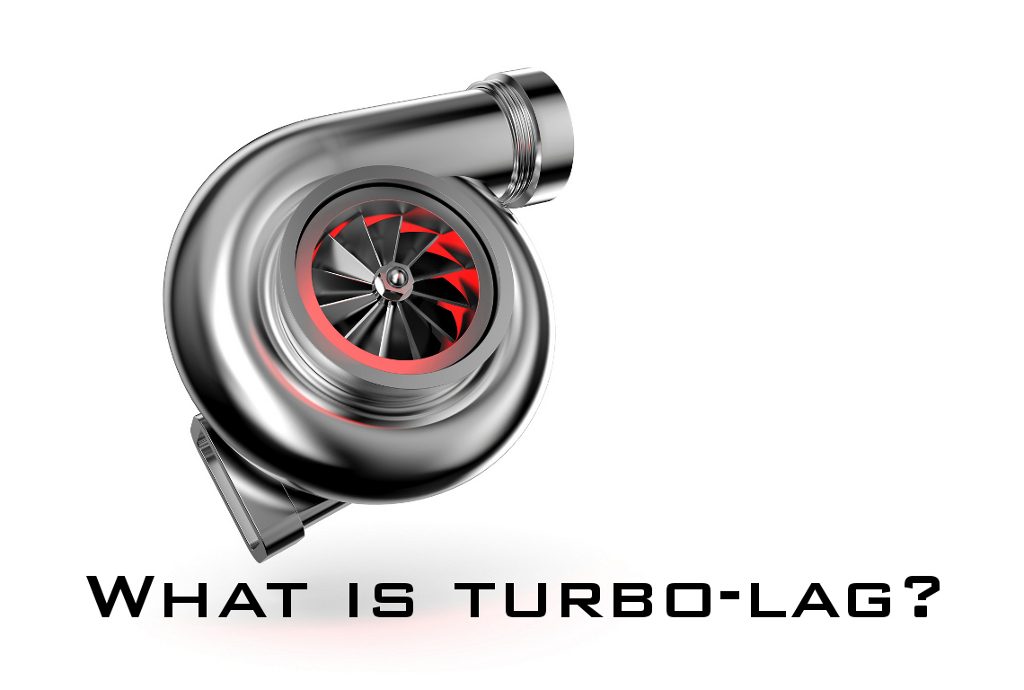 In an era where the biggest craze is to reduce engine capacity and force-feed air in via a turbocharger, we’re frequently bombarded with terms such as turbo-lag. But what is turbo-lag? Astoundingly, most people don’t know the correct definition of the term, yet toss it around without a care in the world.
In an era where the biggest craze is to reduce engine capacity and force-feed air in via a turbocharger, we’re frequently bombarded with terms such as turbo-lag. But what is turbo-lag? Astoundingly, most people don’t know the correct definition of the term, yet toss it around without a care in the world.
The common misconception is that turbo-lag is the period we wait until a turbocharged engine is within boost range. For example, a Renault Megane RS265’s maximum torque figure of 360Nm kicks in at 3000 rpm – this is when the engine is in full boost range. The general misconception would imply that turbo-lag is the stage when the engine is below 3000 rpm and not able to generate much of its torque. This is wrong. The engine is simply not within boost threshold, this is not turbo-lag.
What is turbo-lag then?
Turbocharger-lag, or ‘turbo-lag’ for short, is the delay in response between when the accelerator pedal is pedal is pressed and when the engine actually responds with an increase in power delivery. This is usually noticed as a split-second ‘hesitation’ between the throttle application and the resultant change in power. This can occur even when the engine’s rpm are above the boost threshold.
What causes turbo-lag?
Turbo-lag is caused by the inertia required to spool the turbo to the required boost pressure. When not under full load, pressure within the turbo is released in order to reduce the possibility of damage to the turbo itself. When the throttle is applied, the turbocharger needs to rebuild pressure with exhaust gasses before it can produce full boost and power the engine to its full performance capacity.
What are the upsides and downsides to turbo-lag?
There are no upsides to turbo-lag, unless you consider giving naturally aspirated cars a brief moment of hope an upside. The downside is a rather major one though – engine responsiveness. Normally aspirated engines respond almost instantaneously to throttle inputs – this means you can respond to the driving situation as it occurs, and the car will respond as such. Turbocharged cars that suffer from lag, however, need to be driven with foresight and a certain degree of pre-emption. Throttle inputs needs to be made slightly ahead of when power is required, as the turbo-lag negates the promptness of response.
Can turbo-lag be reduced?
Yes, turbo-lag can be reduced in a number of ways:
- Smaller size turbochargers have a lower rotational inertia and require less pressure to produce boost. These however also produce less additional power.
- Reducing how much pressure is relieved from the turbo when not under load will also reduce turbo-lag; however it does place a higher stress level on the turbo itself and may affect reliability.
- Reducing friction within the turbocharger itself will reduce the amount of effort required to spool the turbo, thus reducing lag.
- Variable geometry turbochargers adapt their aspect ratio depending on the engine speed and requirements. As such, they adapt to the situation and reduce lag greatly.
- Twin-scroll turbochargers, as used by BMW, divide the exhaust gas inlets into two nozzles, a smaller one for quicker response, and a larger one for peak performance. This type of setup essentially mimics sequential turbos, without the midrange drop-off in power delivery.
- Using multiple turbochargers, either in sequence or parallel, may reduce lag, depending on the setup. These however each carry with them their own inherent issues for discussion some other time.
- Antilag – antilag essentially overfuels the engine whilst there is no spark, resulting in fuel entering the exhaust ahead of the turbocharger and igniting in order to keep the turbo spooled. This system is commonly found on turbocharged race cars.
- E-Boosting is a newly developed electrical turbocharging setup that utilises a turbo as an electrical supercharger until there is sufficient boost pressure within the turbo from exhaust pressure.
- Placing the turbochargers closer to the exhaust outlets of the engine’s head is another technique utilised to reduce lag. Audi’s 4.0-litre twin-turbo V8 engine from the current RS6 and RS7 places the turbos within the V of the engine, reducing the distance exhaust gasses need to travel before reaching the turbochargers.
The future of lag in turbocharged engines:
Turbocharged engines aren’t likely to disappear anytime soon – they maximise the torque output from an engine with no parasitic losses. However with technology advancing daily, we will eventually be able to say goodbye to turbo-lag. Audi are vehemently working on utilising E-boosting in production vehicles, as are Subaru, and with each new engine developed by a multitude of brands, turbo-lag is reduced ever so slightly. Eventually, we should be able to feel no lag whatsoever – but until then, turbocharged engines will still play second fiddle to the response of a highly tuned normally aspirated engine.
~~~
Written by: Roger Biermann





